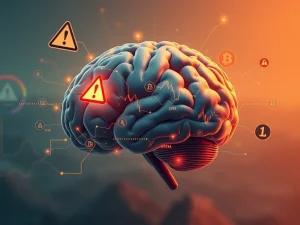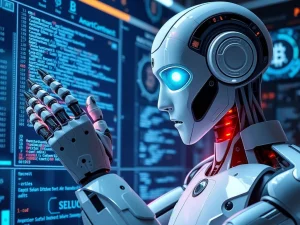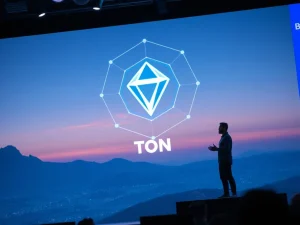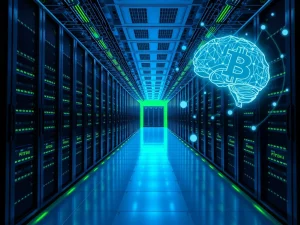Revolutionary Bitcoin Proof-of-Work: The Key to Unleashing AI Innovation
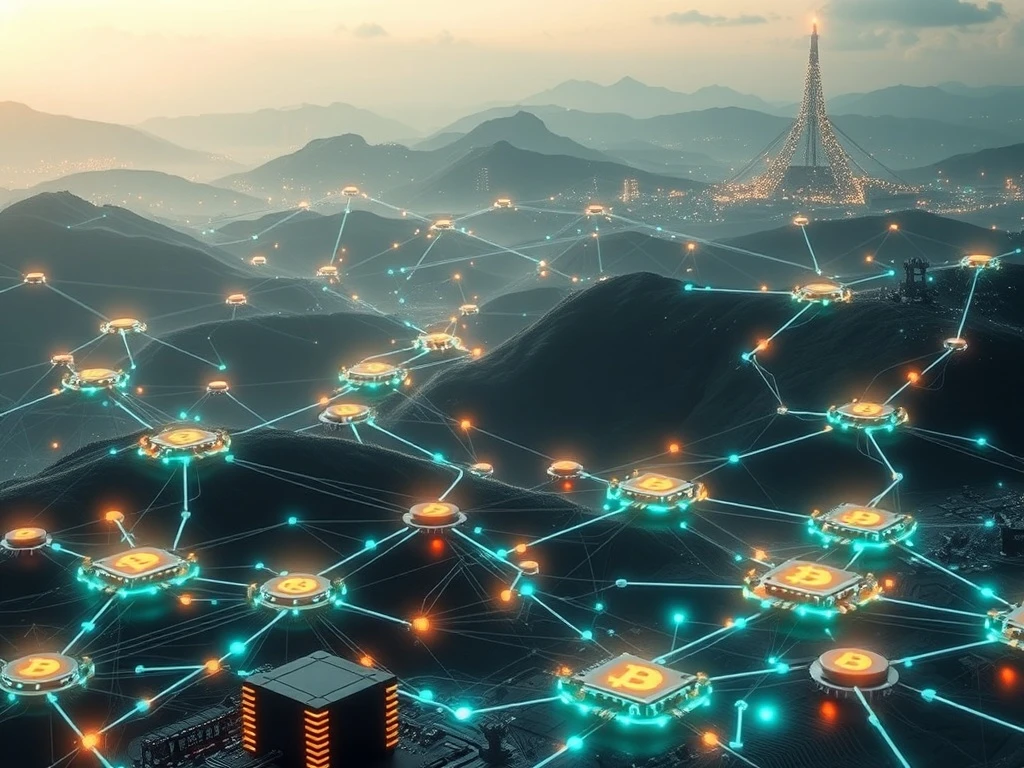
The cryptocurrency world often discusses the transformative power of blockchain technology. However, the underlying mechanisms driving this innovation hold even greater lessons. Specifically, Bitcoin’s proof-of-work (PoW) system offers a profound blueprint for future technological advancements, especially in artificial intelligence. This model incentivizes unparalleled hardware efficiency and competitive growth, elements critically missing in today’s centralized AI landscape. Understanding how Bitcoin proof-of-work fueled a hardware revolution reveals a path for unleashing truly decentralized AI innovation.
Bitcoin Proof-of-Work: A Catalyst for Hardware Efficiency
Fifteen years ago, Bitcoin mining relied on standard graphics cards, similar to those used by gamers. The network’s initial speed was modest, and its hash rate remained low. Yet, the brilliance of Bitcoin’s proof-of-work (PoW) system lay in its incentive structure. It directly rewarded miners who could process transaction blocks most efficiently. This fundamental design sparked an intense competition, driving a relentless pursuit of better hardware solutions.
Today, Bitcoin operates on specialized machines known as Application-Specific Integrated Circuits (ASICs). These devices are not merely incremental improvements; they are literally hundreds of thousands of times more efficient than the most powerful Nvidia graphics cards. This represents an astonishing leap in computational power and energy efficiency. It demonstrates the profound impact of rewarding useful work and optimizing for performance. In just 15 years, Bitcoin mining infrastructure has reached a staggering 16-gigawatt capacity. This immense power capability could run 10 million of the latest Blackwell Nvidia GPUs. This scale is not only more efficient but also vastly larger than the combined capacities of major centralized AI providers like OpenAI, Microsoft Azure, Amazon Web Services, Google Cloud, and xAI.
Decentralized AI: Learning from Bitcoin’s Success
Currently, artificial intelligence systems largely depend on expensive, general-purpose chips. These are the readily available components in the market. However, a different future emerges if we envision AI networks built on principles similar to Bitcoin. Imagine a system where anyone can contribute computing power. Furthermore, participants would receive compensation for the most efficient execution of valuable AI tasks. This paradigm shift would fundamentally alter the dynamics of the AI industry.
Such a model would eliminate the need for traditional sales channels and corporate leverage to distribute chips. Instead, individuals could simply produce, install, and begin ‘issuing money’ through their contributions. This environment would strongly incentivize hardware manufacturers to design chips specifically for AI tasks. Competition would flourish, driving the creation of the cheapest and most efficient AI processors possible. The same powerful market forces that transformed Bitcoin (BTC) mining would emerge. Moreover, these forces would likely be amplified. The blockchain community now includes dedicated believers with billions of dollars, enriched by the Bitcoin revolution, ready to invest in similar disruptive models for AI innovation.
The Pitfalls of Proof-of-Stake in Decentralized AI
Many nascent decentralized AI projects currently opt for proof-of-stake (PoS). This system distributes rewards based on the amount of tokens an individual holds, rather than the infrastructure they build or the computational work they perform. This approach presents significant drawbacks when the goal is to foster hardware innovation and widespread participation. Consider the example of Bittensor, a prominent decentralized AI network. Its most powerful compute capacity, concentrated in Subnet 64, actively runs large AI models.
However, miners contributing this crucial compute receive only 5% of the network’s rewards. The overwhelming majority, 95%, goes to token stakers or affiliated miners. These groups often contribute significantly less, or even no, actual computational work. This reward structure is fundamentally misaligned with the objective of driving hardware development. We urgently need networks that reward individuals who build better infrastructure. Conversely, we must move away from systems that primarily benefit those with the largest token holdings, frozen for yield extraction.
Driving AI Innovation Through True Competition
The essence of proof-of-work extends beyond mere cryptocurrency. It represents a powerful mechanism for leveraging competition to spur innovation. This stands in stark contrast to passively accepting existing hardware limitations. The blockchain community, driven by these competitive incentives, could construct infrastructure generating thousands of times more compute capacity than the entire centralized market within a decade. For artificial intelligence, this could mean a profound transformation. We could shift from expensive, centralized computing to an intelligence that is as affordable and ubiquitous as electricity. Within a few years, the cost of running advanced AI models could approach zero.
This vision of decentralized AI hinges on fostering genuine competition. It prioritizes tangible contributions over capital accumulation. By mirroring Bitcoin’s success, we can unlock an era of unprecedented hardware efficiency for AI. This approach ensures that the intelligence of the future is accessible and equitable, rather than confined to a few powerful entities.
The Future is Now: Opportunities in AI Mining
The current landscape for artificial intelligence resembles Bitcoin’s early days in 2009. Networks are just beginning to emerge, and early participants stand to gain the most significant opportunities. Therefore, individuals interested in shaping the future of AI should actively engage with proof-of-work AI projects. Contributing computing power, whether through personal hardware or rented resources, offers a direct pathway to participation. Starting AI mining now positions individuals at the forefront of this technological revolution. Those who commit to building this foundational infrastructure today will ultimately reap the greatest benefits.
This article is for general information purposes and is not intended to be and should not be taken as legal or investment advice. The views, thoughts, and opinions expressed here are the author’s alone and do not necessarily reflect or represent the views and opinions of Crypto News Insights.


